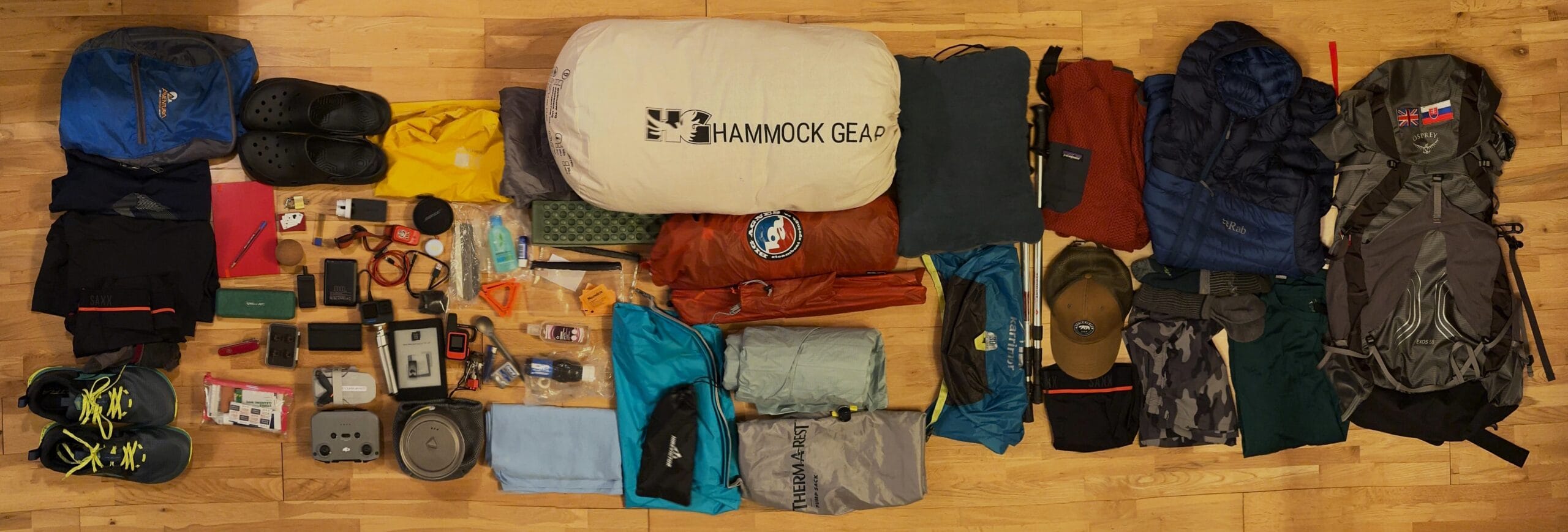
Three core items form the backbone of any thru-hiking kit: your sleep system, shelter, and backpack. These provide the bulk of your weight savings. Everything else? That’s more about what you choose to leave behind. There is an art to packing just the right amount of gear – what works for one person might not suit another. It’s a personal and unique process, fine-tuned by experience and what you value most on the trail. That being said, I am a beginner when it comes to long distance hiking.
I had tested a combination of new and old gear in Dartmoor which ended up highlighting number of issues. As we navigated up onto the moore, triple checking the shooting range was not active, the terrain changed from dusty gravel what we thought was dry grassland. However with each crunch of tall brown grass under our feet, the squelch of wet mud grew louder. Before we knew it, we were deep into bog territory. This was the first of many lessons – when water up and over the top of a a hiking boot, it doesn’t come out.
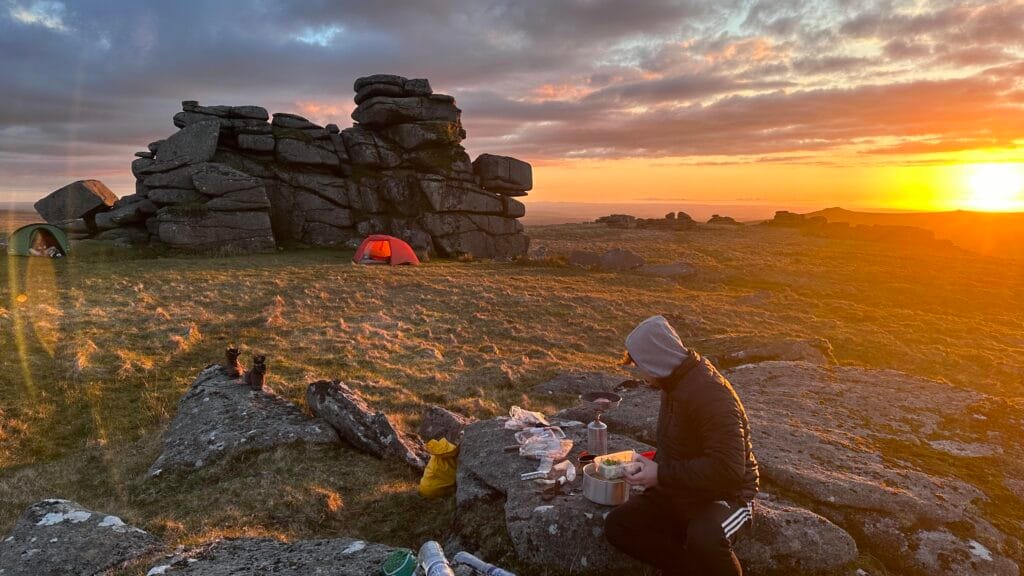
For those of you who are new, I am embarking on a 4 month journey walking the length of New Zealand – north to south. Whilst never really solo travelled before, I am feeling slightly anxious however reassured thinking “What could really go wrong?”.
I am keeping track of kit using LighterPack. Below shows my kit breakdown without food or water. View Complete List

Without further adieu, lets get onto the subject of this post.
Sleep System
A sleep system comprises of something to keep you off the ground, something to keep you warm and if you are feeling a bit of luxury, maybe even a pillow for added comfort. Whilst browsing for my gear, I wanted these items to be lightweight, practical and futureproof. I was prepared to spend a bit more as investing now would allow me to use the same kit for more extreme adventures. Plus, it is the most critical gear for getting any (let alone a good) sleep.

Sleeping mats work by insulating you from the ground below, keeping the ground from wicking heat from your body. There are three main kinds of mats ranging from (typically) least insulating to most insulating: foam, self-inflating and air. An “R” rating provides a measure for the insulating power of sleeping mats – see image below.
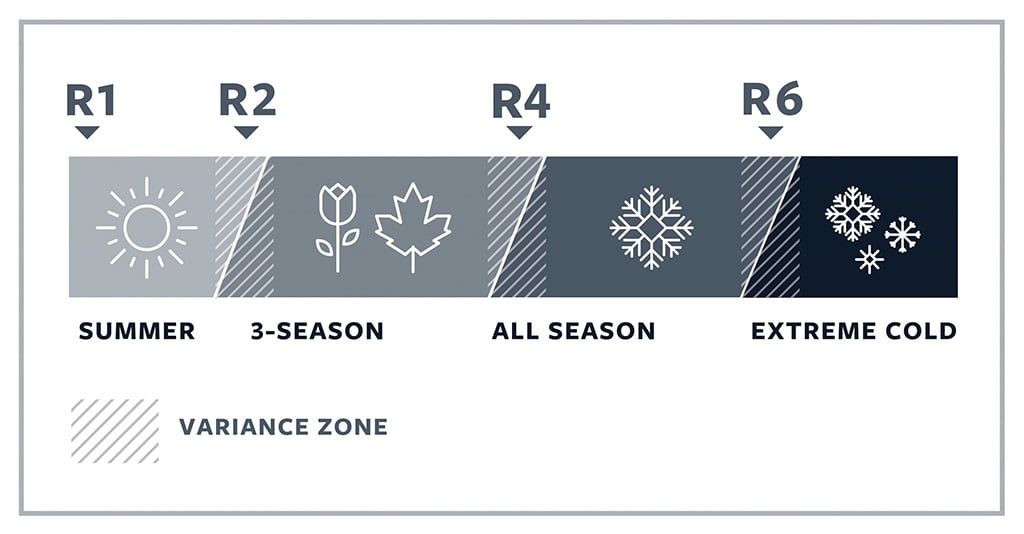
I ended up going with the Thermarest X-Therm (7.3 R-value) sleeping mat, which will undoubtedly leave me sweating on the warmest of nights. However, it will provide the necessary warmth in future expeditions, such as Hunza Valley in Pakistan, which is well worth the investment.
On my search for a sleeping bag, I had been intrigued by something called a quilt. These are made with the same materials as sleeping bags but without the zip down the side. Instead, they attach to your sleeping mat much like a traditional duvet. This removes the need for material between you and the mat, enabling you to save on weight and price. This seemed like a perfect combination however does come with the downside of potential cold drafts if you move around too much in the night.
I stumbled upon a coupon code for Hammock Gear that allowed me to get $120 off their 20F/-6C 850 Fill Burrow Quilt (which was already one of the most “budget” friendly down feather quilts). However shortly after ordering, I received an email from FedEx which caught me by surprise… As I had bought my quilt from a store in the US, I ended up having to pay an extra £75 to just get the shipment through customs!
Shelter
There is something about tent that feels so secure when rain is pattering down the outside walls (when it is not windy of course). You can’t be seen by anyone, and they can’t see you. But of course everyone can hear you – ah the joys of camping! Tents were not my only option though when it comes to shelters: hammocks, bivys and tarps were also in the ring for competition. However ultimately, I was not comfortable deviating from the personal space inside a tent and the ability to keep my gear close without leaving it out in the rain.
All tents can be categorised into two sections: Freestanding or Non-Freestanding. Freestanding tents can stand on its own without needing to be staked out, whereas non-freestanding implies that they either need additional support from something like a walking pole, or need to be staked out in order to stand upright. These types of tent have the benefit of being lightweight due to needing less poles, as the support comes from the tension from the shell. I did not like the idea of relying on my walking poles for a tent stake as I run the risk of them snapping, seizing up or simply not wanting to take poles out with me on a walk. Plus, if I was camping on rocky terrain, I would have a hard time getting my stakes in the ground. Therefore I opted for a semi-freestanding tent, meaning that the tent is able to stand up on its own, but must be fully staked out to utilise the full floor space.
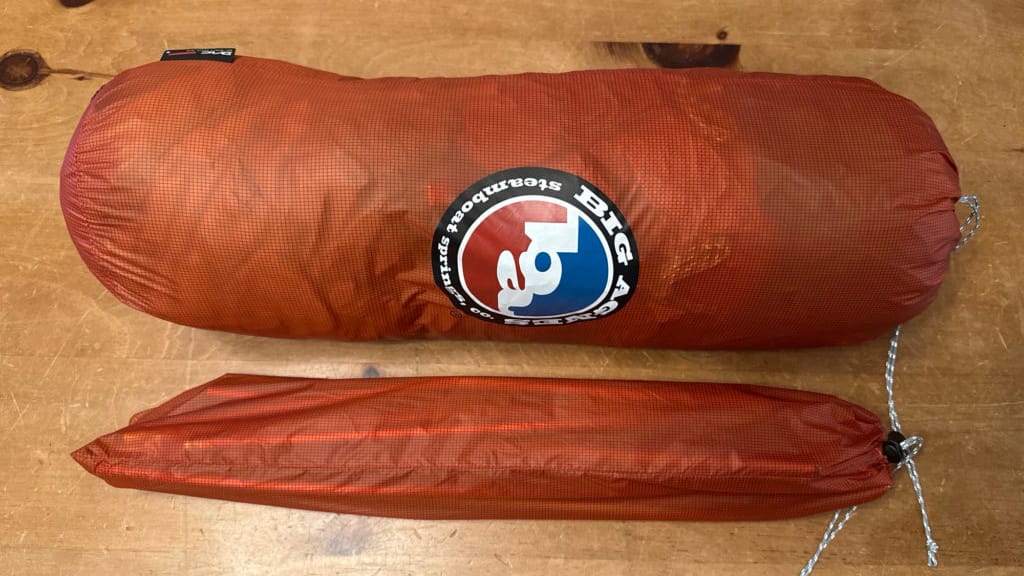
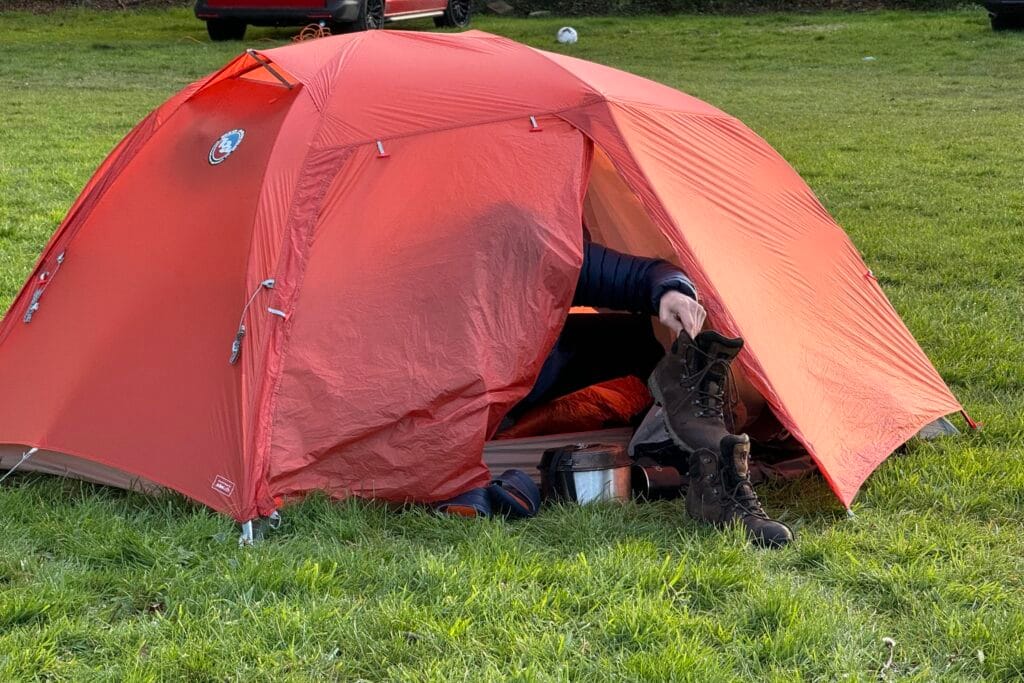
The Big Agnes Copper Spur UL2 offered just enough space for my needs – possibly offering enough room for two people, at a push.
One of the drawbacks of this tent is trouble putting it up when it is raining – the outer shell can only be really attached once the inner is standing, or by carrying an extra groundsheet.
Backpack
Beware, although this item is important buy it last! If you don’t, you risk not being able to fit everything in. I had gone with the Osprey Exos 58 for its breathable mesh back plate. It provides me with enough room for my gear whilst also being super comfortable, which is something that I had never experienced before in a pack; typically I get sore patches where the weight of my back has been on my hips due to the compression of hip belt straps.
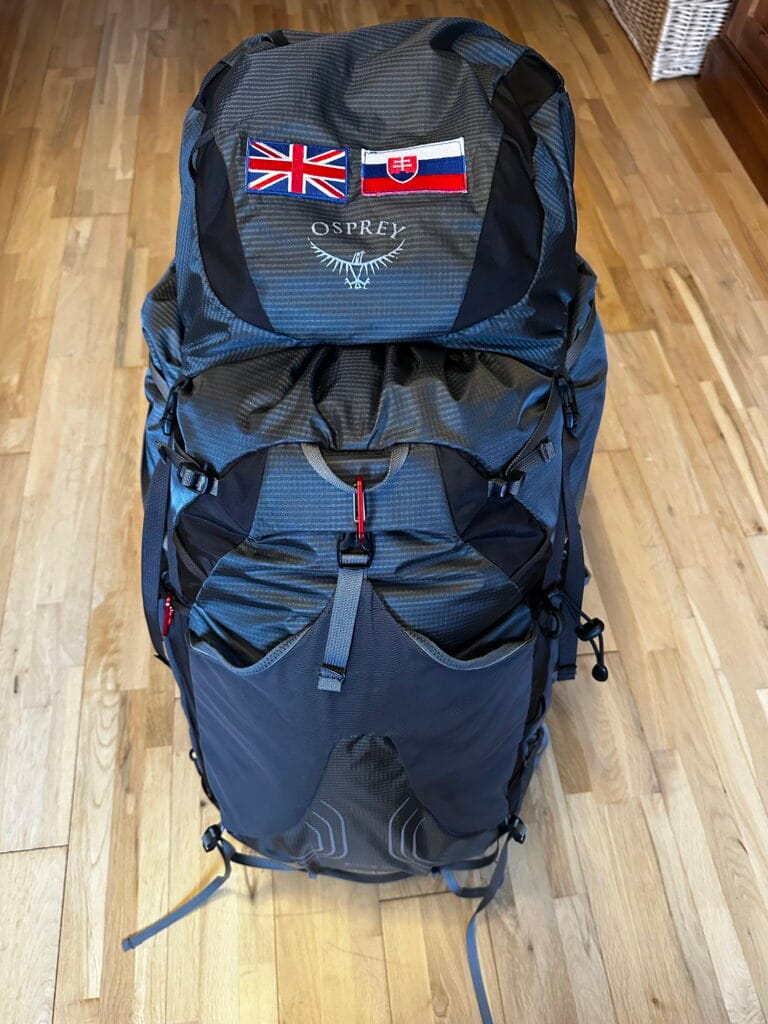
Cookware
Mmm food! I love it. The comfort of that warm chilli after a long day out… a reward of sorts. But having to carry at least 3-4 days of food at once requires compromise. I have not quite yet figured out when I will be eating day to day and I’ll have to write something up when I’m on the trail.
My setup consists of a lightweight burner that screws directly on a gas canister and a 900ml titanium pot that I sourced from AxiExpress, as mainstream camping brands are ludicrously expensive! I actually managed to find a lot of gear (if not exactly the same as mainstream brands, just without the logo) on AliExpress which saved me a pretty penny at the expense of 10 day shipping; which in my eyes is a great steal!
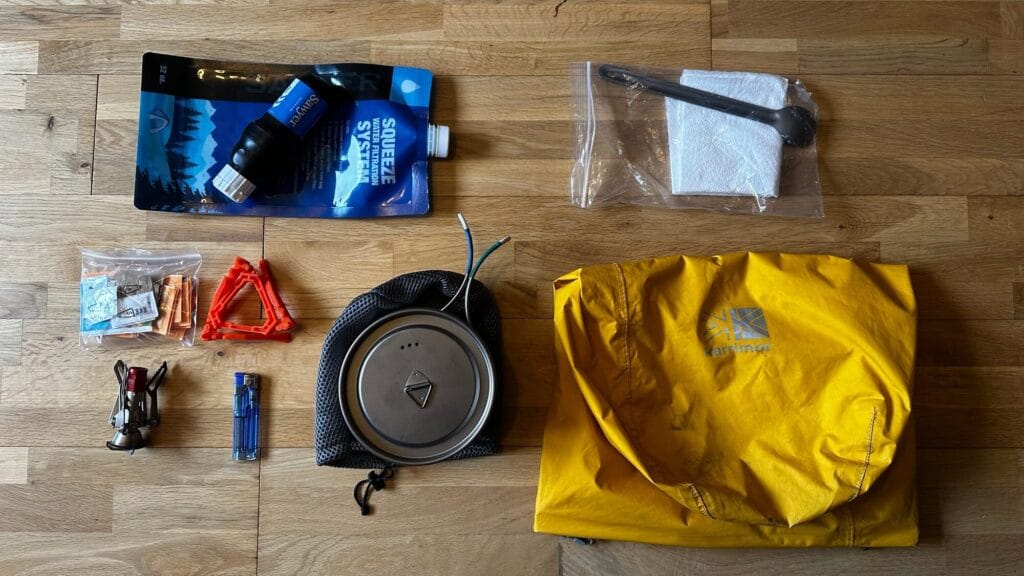
A question I have been asked a couple of times is “how will you get water?” – well none other than a water filter!
A water filter uses the same technology found in kidney filtration systems; microscopic holes inside the membrane are just big enough to allow water molecules to pass whilst blocking larger viruses, pathogens and debris. This means that squeezing water through one of these filters produces clean water that is safe to drink. There is one caveat however, filters of these kind do not work with sea water since salt ions are much smaller than a H₂O molecule and pass with no obstruction.
Clothes
Believe it or not, most clothes you carry are optional. A bold statement, I know. But when you are going through a multi day hike with no available showers – clean clothes are not much on a dirty body. The plan is to take two groups of clothes: hiking and sleeping. Two pairs of hiking shorts, one long shirt, one short sleeve T-Shirt and 2 pairs of socks form the basis of the hiking gear. When given the chance in either a hostel or river stream, I can hand wash the clothes and hang them on my pack to dry whilst walking. My sleeping gear is simple: just a long-sleeve shirt and long johns.
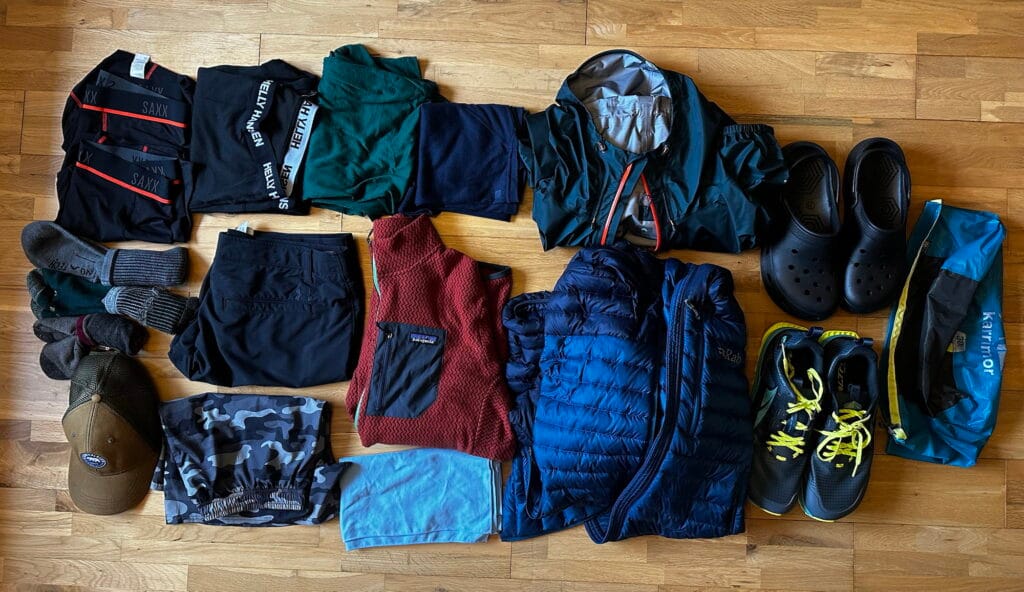
Tools
Some are essential, most are luxury.
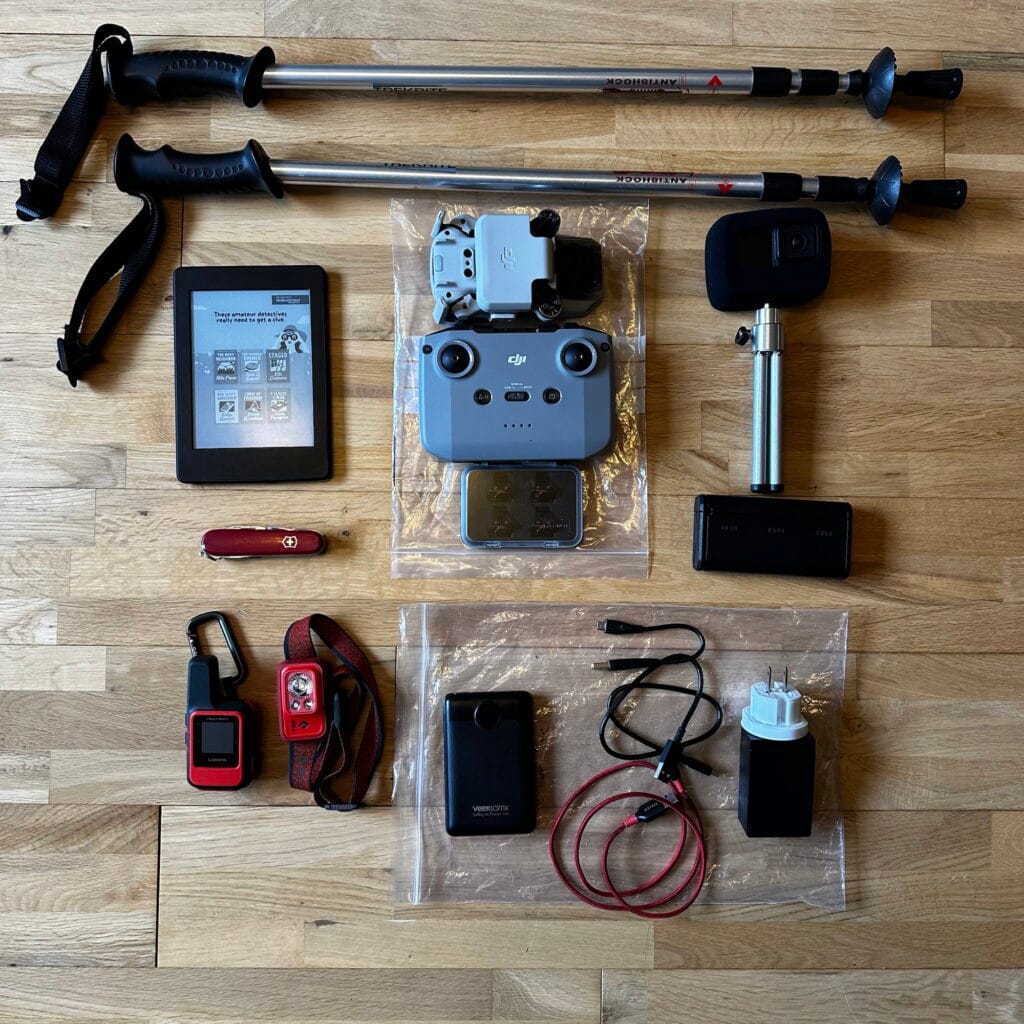
You may notice I am taking a drone and Go-Pro. I plan on capturing film and editing it when I get back to England. I would like to capture my experience on the trail. Whilst it is not in my nature to draw attention to my own experiences, I believe there is value sharing what is genuine. I find that it is not about showcasing accomplishments or the razzle-dazzle of the journey, but instead offering a window into what is real. In an ideal world, I would have liked to take a compact camera, however I don’t trust myself to keep it shielded from the elements…
I would argue that my PLB (Personal Locator Beacon) is the most essential piece of kit. Without this, any accident would potentially leave me stranded. My Garmin InReach Mini 2 has the capability for two way messaging and plots a breadcrumb trail for close friends and family to view. If a problem does arise, I am able to call for help using an SOS button which first contacts emergency contacts for information about my intent, and if needed alert the search and rescue team. After all, safety is #1 priority.
Toiletries
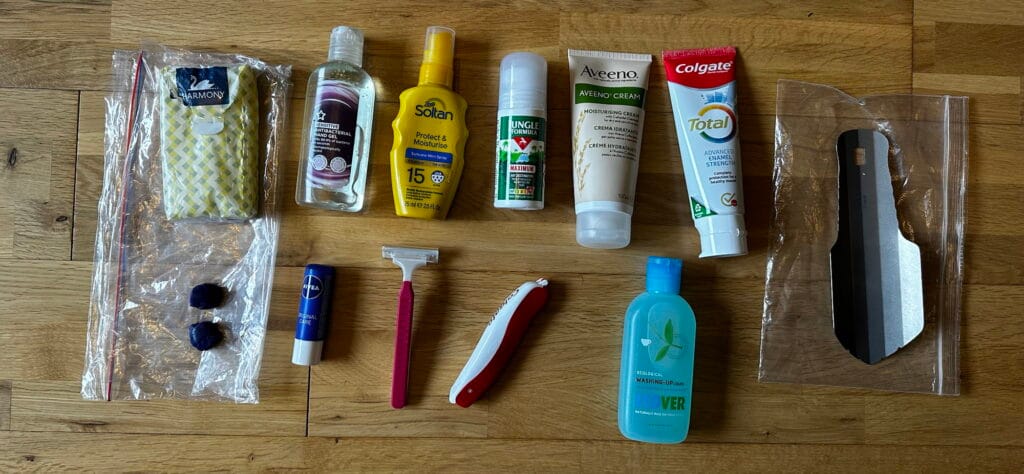
New Zealand has one of the highest skin cancer rates in the world. I have been recommended by another traveller fellow kiwi traveller to purchase sun cream when I arrive in NZ since the sun is like nothing else!
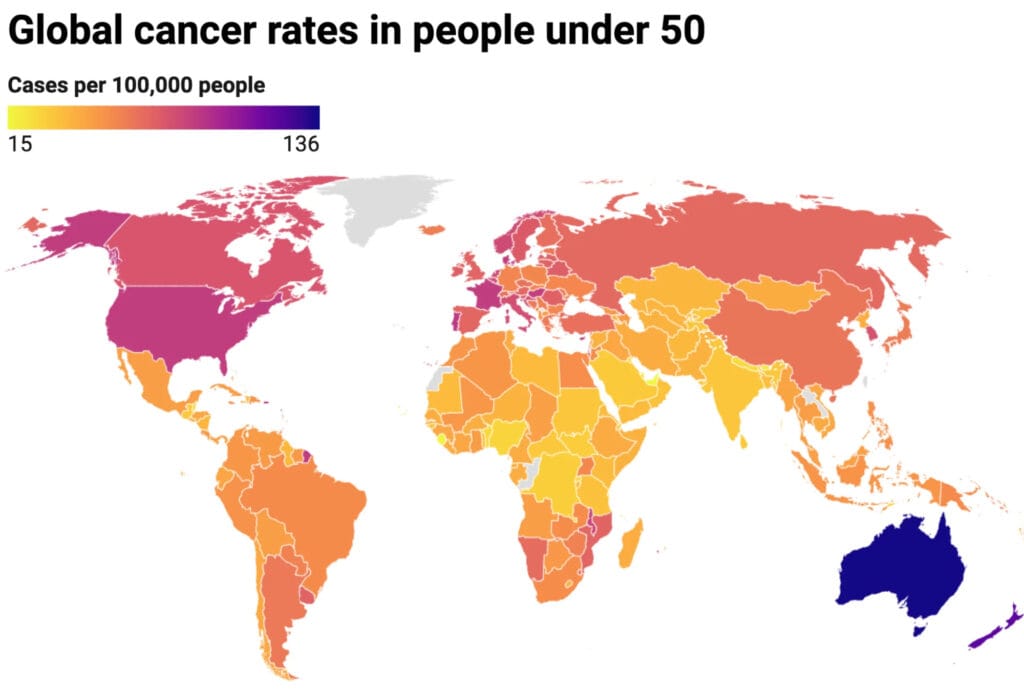
Insect repellent is a must for pretty much all trails. In NZ, I have read stories about the pesky sandflies that swarm all over you; it is recommended that you use insect repellent that is at least 50% DEET.
Soap is something to use sparingly, and biodegradable if possible. Comes in handy for washing clothes in hostels, getting rid of burnt bits in your cooking pot and of course taking a shower! That being said, soap of all kinds should be used away from running water as even biodegradable soap still takes time to break down.
The funny looking sliver thing is my poop shovel – used to dig hole to relieve myself in!
First Aid Kit
An assortment of items make up a first aid kit. There is no point coming equipped for every single injury as you will most likely call for help if anything major occurs. The main items I have taken are to manage any niggles and blisters or repair items – duct tape is a lifesaver!

Luxury Items
Some items just make the trip that little bit more enjoyable – a foam mat to stop you from getting that cold bottom at lunch or camp, being able to listen to music and a pillow to stop you from waking up with a cranky neck.

The Kindle, drone and GoPro should really be included in this section.
A cork ball is already proving useful when rolling out any knots or getting the feeling back into my feet after a long days walk.
Non-Physical Items
Some things may not be items to pack, but rather documents to prepare, travel entertainment or insurance!
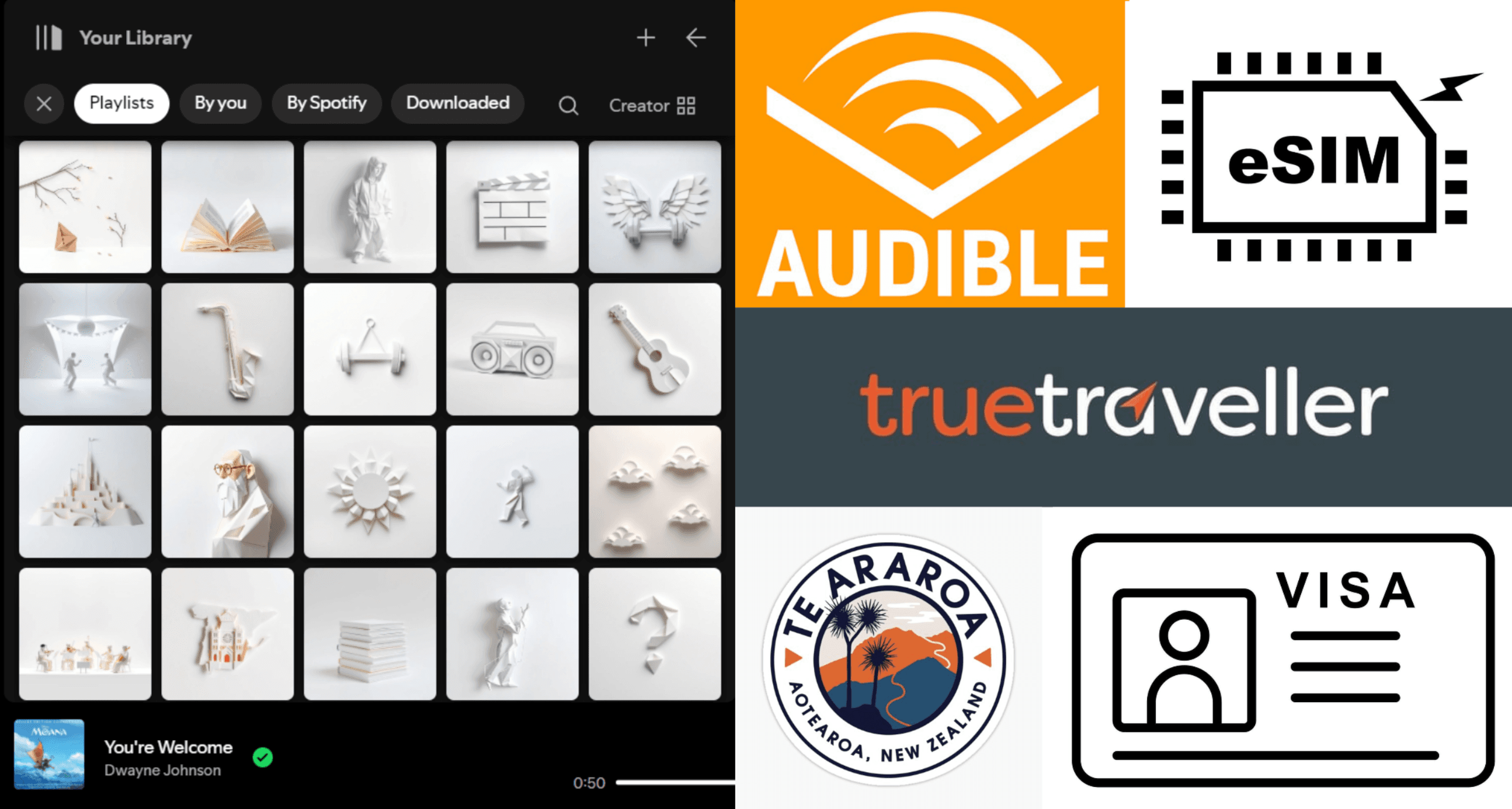
Before I left, a colleague reminded me to create a wham playlist and with the help of some AI generated album covers I have curated some of my top picks.
Travel insurance covers baggage loss, cancellation, personal injuries and search and rescue cover which is a policy that not all insurers offer.
Last but not least, preparing a blog to be able to share my journey!
Leave a Reply